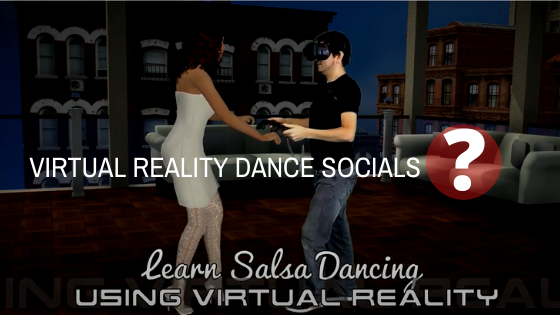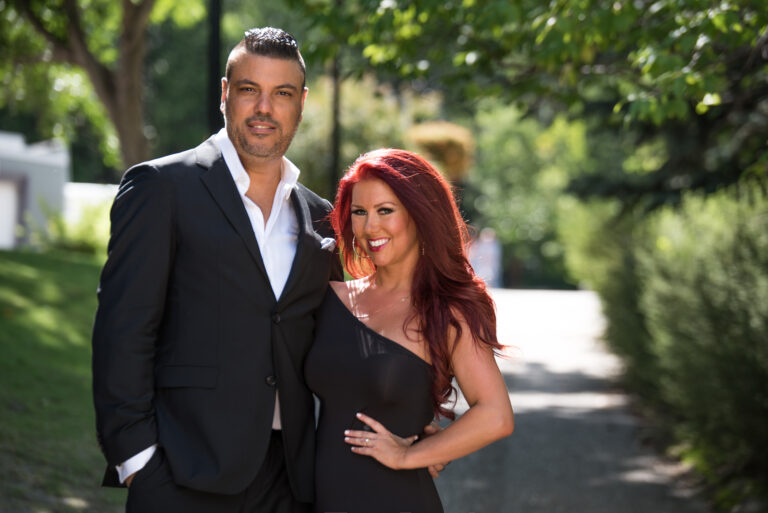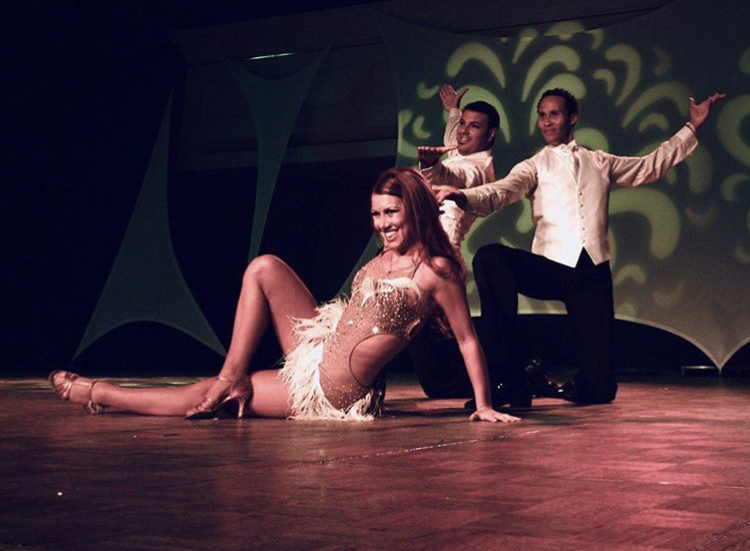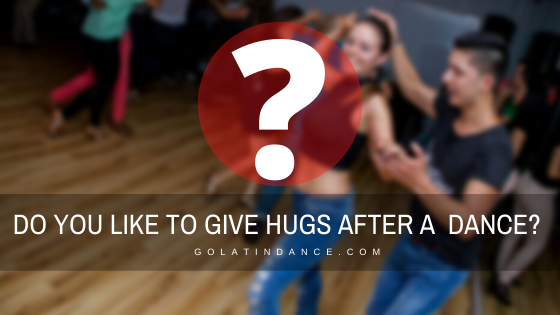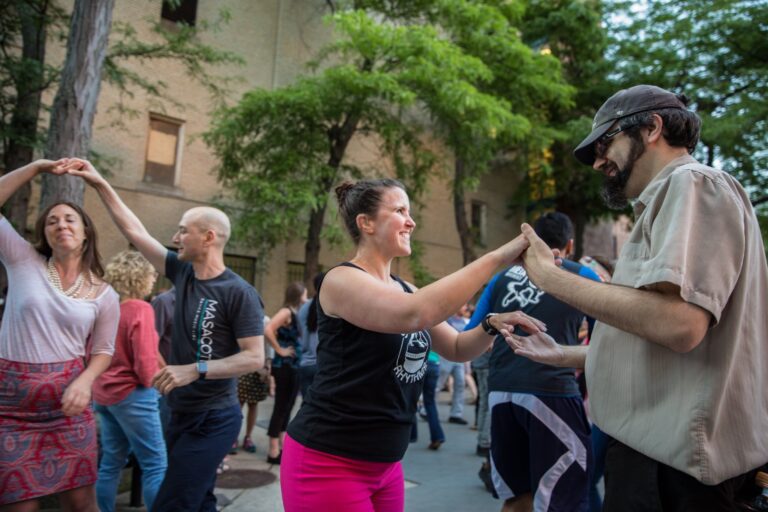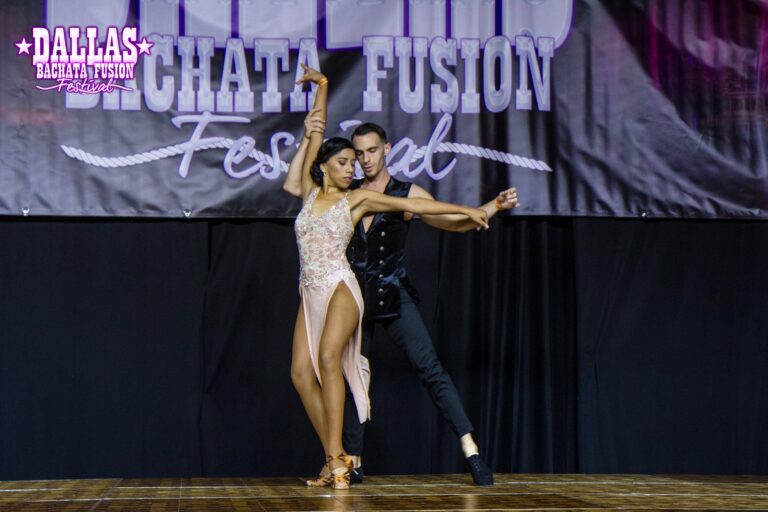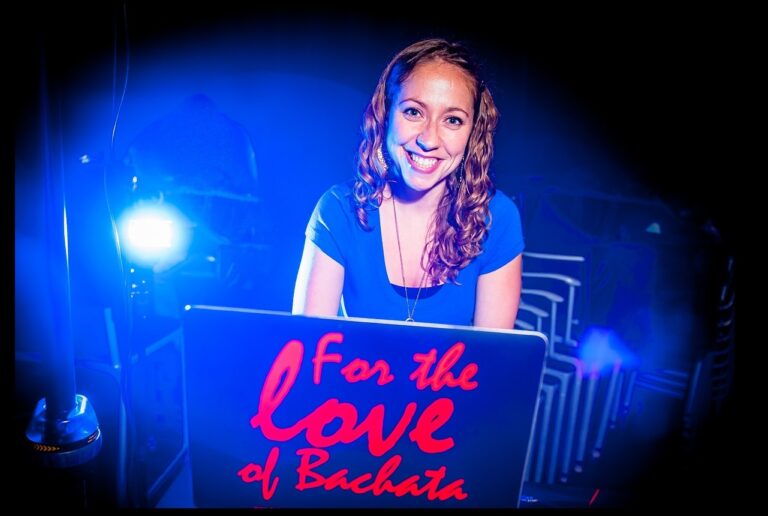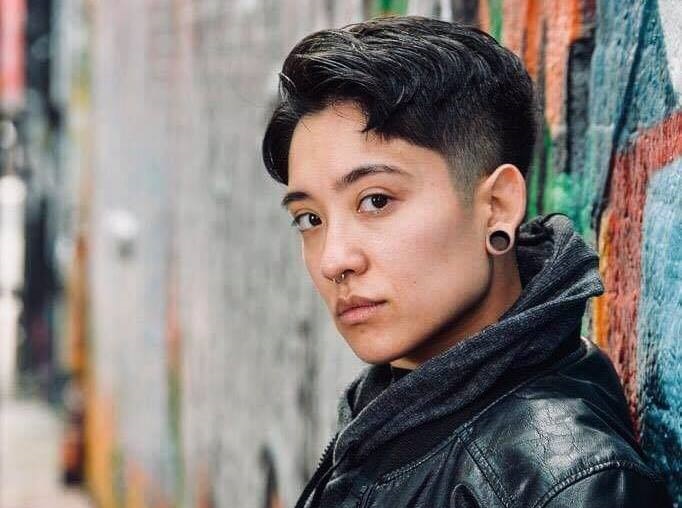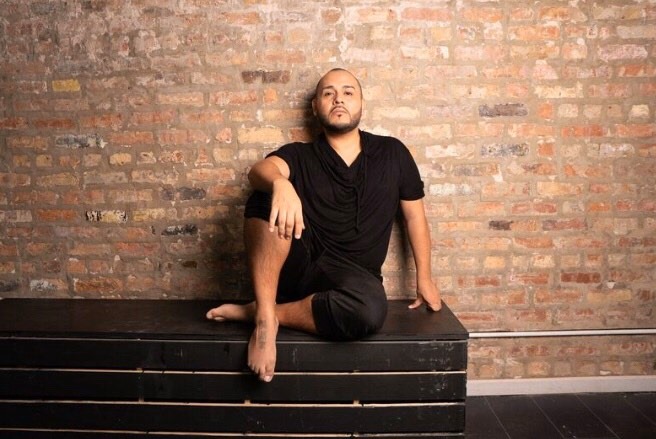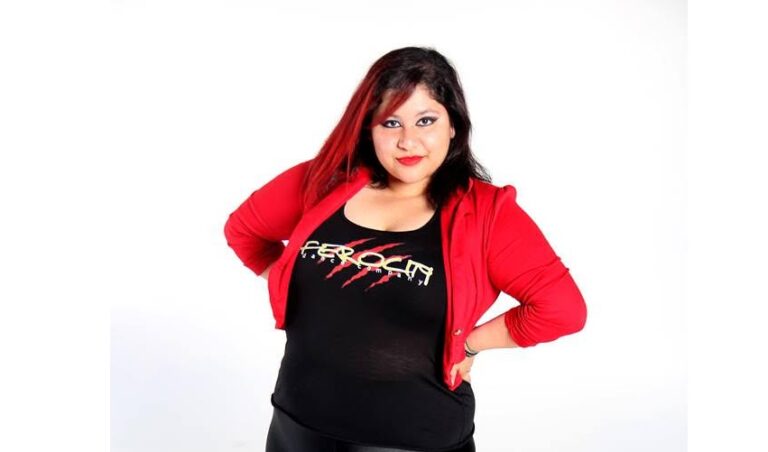Jessica “DJ Tay” Taylor is featured in this edition of DJ Spotlight! Jessica lives in Pittsburgh, PA and is multi-skilled and talented member of the latin dance community. She is not only a dancer, but she is also a DJ, event organizer and educator. She organizes the annual For the Love of Bachata event and DJs at various events and festivals. She was nominated by Edwin Ferreras and Dakhota Romero.
Edwin said, “She has been doing incredible work in the U.S. Bachata community and she is an amazing DJ, among so many other talents. She is an advocate of authenticity in dance and also women’s empowerment both in the scene and beyond.”
Check out some fun facts and information on Jessica including her thoughts on the responsibility organizer’s have for dancer safety (particularly during the coronavirus pandemic) and her travels to the birthplace of Bachata, the Dominican Republic.
Want to nominate someone to be in the DJ Spotlight? Contact us!
What (or who) originally inspired you to try Latin dancing?
Truthfully, movies I would watch when I was a teenager inspired me to want to dance the most. Movies like “Dirty Dancing”, “Take the Lead”, “Dance with Me” and others. Salsa really stood out to me as having so much passion and flavor and I wanted in. I didn’t have the money for lessons (nor did I know where to find them at the time) when I was in high school, so it wouldn’t be for a few more years before opportunities to learn Latin dance styles would come my way. I am so glad they did!
Not many other people in the dance world are a quadruple threat (e.g. DJ, organizer, dancer, and educator). How do you find time and balance for all your endeavors?
For one, there are a lot of people that help me do so much. I have a great support network including my family, my friends, and my team. Though my family often teases me about being so busy, they still have my back and do things like watch my dog when I’m out of town or just understand when I’m having a busy week because school and dance/DJ stuff has all fallen upon the same week. I’m also at a point in my self-growth where I’m finally able to ask for help when I need it and let others take some of the work off my plate, so that alone has been monumental in allowing me to keep up all the things I’ve been doing. I have an AMAZING team of people that help me with For the Love of Bachata. I couldn’t keep this up without them.
Another thing I have started doing is blocking off weekends to relax. I’ve learned that saying no to some opportunities and yes to myself always pays off in the end. I have never regretted leaving this time for myself. In fact, when I allow myself to rest, I can give all of myself to the next project, event, or gig that comes my way.
You are one of the very few local community event organizers that has hired international Bachata talent from the Traditional community. What are the biggest challenges you face as an organizer when working with dancers from other countries?
There’s really only one big challenge I’ve faced and that’s acquiring visas for the artists. It’s just a whole process and often you live with uncertainty while trying to plan and be excited for the most optimistic outcome, yet sometimes you just don’t know how it’s going to go. Aside from that, working with international artists has been a blessing. The artists I’ve worked with so far have all been really wonderful, humble, eager, loving, and compassionate. I’m actually very thankful for the opportunities I’ve had to get to know and work with them.
Tell me about your visits to the Dominican Republic (Bachata Paradise Event) and what they mean to you as a promoter of Dominican culture? What is your vision of the future of the global Bachata community?
I have been to the Dominican Republic three times so far. The first time in 2011 for three weeks to improve my Spanish, then in 2015 for Bachatu, in which I never left Boca Chica, and last year, 2019, for Bachata Paradise in Las Terrenas which was an INCREDIBLE, immersive dance and cultural experience. These trips have allowed me to see Bachata for what it really is – an organic extension of a passionate, fun, and expressive culture. My experience getting to know (“Traditional”) Bachata is sort of like the quote “To know someone is to love them.” I feel that to know Bachata, to know the full context of the dance and music inside its own culture, is to love it. That’s what I attempt to share through my events, though one can never really share the full experience off the island. We do our best though.
For the global Bachata community, I would love to see more communities, events, and festivals where (Traditional) Bachata is featured. There’s been a lot of growth in the past several years and it’s very exciting to know that I can travel the world and find great dancing opportunities that fill me up. That doesn’t mean I want any of the newer varieties or fusions to go away. I believe there’s plenty of space for everything and everyone.
Many people consider you one of the worlds top Bachata Female DJ’s. Bachata instructors like Dakhóta, Edwin, Ciara and Ace, and even other reputable DJs consider you one of the top Traditional Bachata DJs in the world regardless of gender. How do you select your music? And what’s your vision or mindset when you are in the DJ booth?
I grew into DJ’ing because I passionately wanted people at my events to have the absolute best music experience they could have. I wanted them to stay on the floor all night long and feel inspired by the music. In the beginning I just made playlists in iTunes in which I strategically planned the energy for the night. I could tweak it, however, as the night progressed so I could still be responsive to the actual energy I observed song to song. For the last 5 years I’ve been doing the same, but live with my DJ equipment, which means I’m even more responsive to the needs of the crowd than I was before.
I guess I always just saw and felt the music experience as a story of energy that ebbed and flowed throughout the night. I use my experience as a social dancer to understand what picks me up energetically and inspires me on the dance floor and then also to know when I would need the energy to come down and allow myself to rest a little without standing out a song or two (because who wants to stand when they can dance?). Understanding myself in this way allows me to scan the floor for the signs of these emotions and energy needs in the crowd. As I’ve progressed in my DJ abilities, I’ve learned many ways to achieve these energy goals without disrupting the flow or vibe – it’s a seamless experience. I always select my music based on the energy and vibe, and those energy switches I mentioned can come from a genre or sub-genre switch, a tempo switch, throwing in a classic favorite that you know will tug at their heartstrings, etc. If I can get them to sing, clutch their heart, and/or make an emotional Bachata face, I know I’m doing my job really well. ?
You recently announced that the For the Love of Bachata 7-Year Anniversary event will be postponed due to the coronavirus pandemic. What are your thoughts on the responsibility of organizers and dancer safety?
Well, even though I’m terribly bummed about my events (I also had to cancel my FTLOB Spring Experience in April now, too) and all that I had hoped to bring to dancers, it was simply the right thing to do. If you’re not part of the solution, you’re part of the problem. I know that’s a bold statement, but it’s true – at least in this case.
We organizers have such a great responsibility. We are not just creating a service product with value for our customers to enjoy, but we are also in charge of making sure they feel safe and respected while enjoying our product. This means creating space for diverse customers to feel welcomed in their most authentic expression of themselves. It also means making sure they are physically, psychologically, and emotionally safe in your space (which is why we just revamped our Code of Conduct & Consent). That physical safety piece extends to health, too. And while it really sucks to lose money, time, and opportunity, it’s just not ethical to keep going forward with events when we can abstain and contribute to the greater good, which is obviously preventing the spread of the virus. Putting the responsibility on the attendees is not good enough because there’s no way for you to know if they’re actually washing their hands or being responsible as individuals about their health. You just can’t be sure of that. The draw of fun will override the draw of safety for some and that’s exactly why we have a global pandemic right now. It’s on us leaders to make the hard choices now, not the individuals.
Describe a moment in your dance life that made you feel proud? (This can be either as a dancer or a DJ)
The first time I felt really proud as a DJ was when I got an ovation from the crowd after my set in Toronto at a social called Dame Tu Bachata several years back. It was run as a collaboration between Araguacu, Mambobeat Photography, and DJ Sisco. I always believe in my work and that I’m doing a great job, but sometimes this fear creeps in that other people don’t see it. Well, after my set concluded, Sisco announced the end of my set to the crowd and thanked me. The crowd, about 200 people, all turned around where they were standing and applauded. That was SO validating! The private messages about my set kept rolling in, too, which kept that good feeling rolling and really let me know that my work was being seen – that I was being seen.
Favorite dance video(s) you’d like to share?
I don’t know if I have a favorite one, but this one was taken recently at the Amargue Fusion Weekender in DC. In this video I’m dancing with Edwin Ferreras, who is always one of my favorites for his creativity, enthusiasm, and the infectious sense of play he brings to every dance. I can’t help but smile – both during the dance and later when I watch again.
